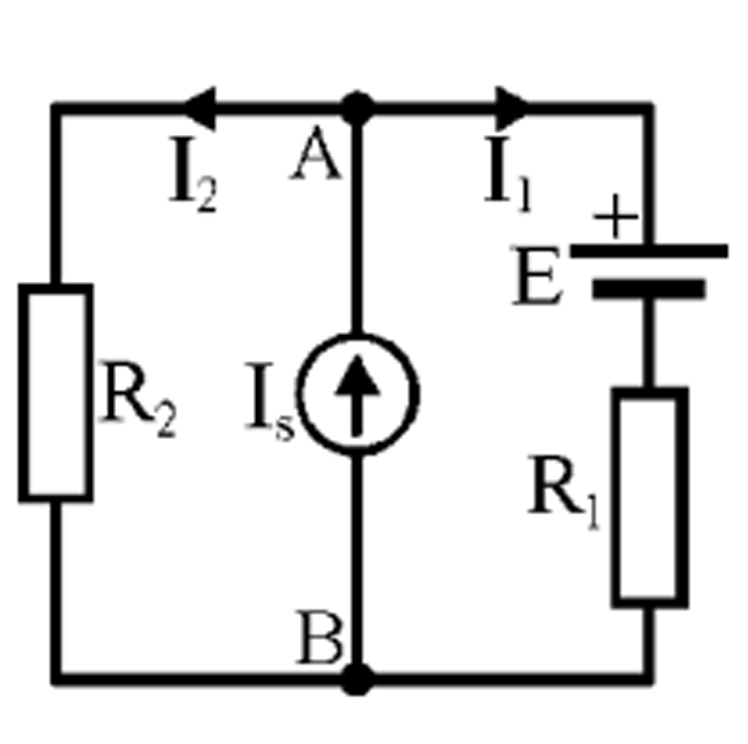
Data given: electromotive force of the ideal voltage source \$E=20V\$, power output of the ideal voltage source \$P_e=3.333W\$, current of the ideal current source \$I_s=4A\$, power output of the ideal current source \$P_i=56/3W\$. The task is to find the resistances \$R_1\$ and \$R_2\$.
So here are the steps that I've taken: \$P_e=E \cdot I\$, therefore, \$I_1=1/6(A)\$, and the resistance at the i.v.s. is therefore 120 ohms. With this we can calculate \$I_2\$, namely it is \$23/6 (A)\$. Then using Kirchhoff's laws, I found that \$R_2 = 1.6 \Omega\$ and \$R_1 = 277 \Omega\$.
I am having a trouble figuring out how deal with these sources, and I am not sure of my answers. When having an i.v.s. do I place the appropriate resistance in parallel with it? What about i.c.s.? In series? I've searched many sites online, but didn't find the explanations I was looking for. We are only allowed to use Kirchhoff laws here. Can you recommend some good, valid sources to learn from?
